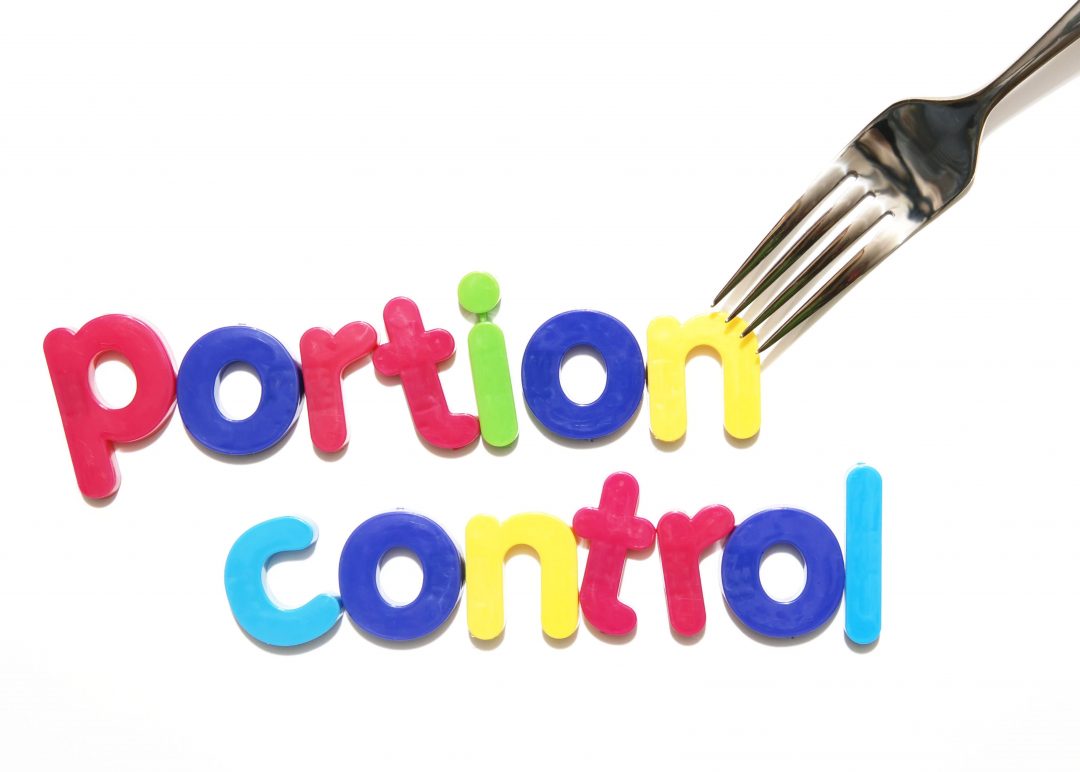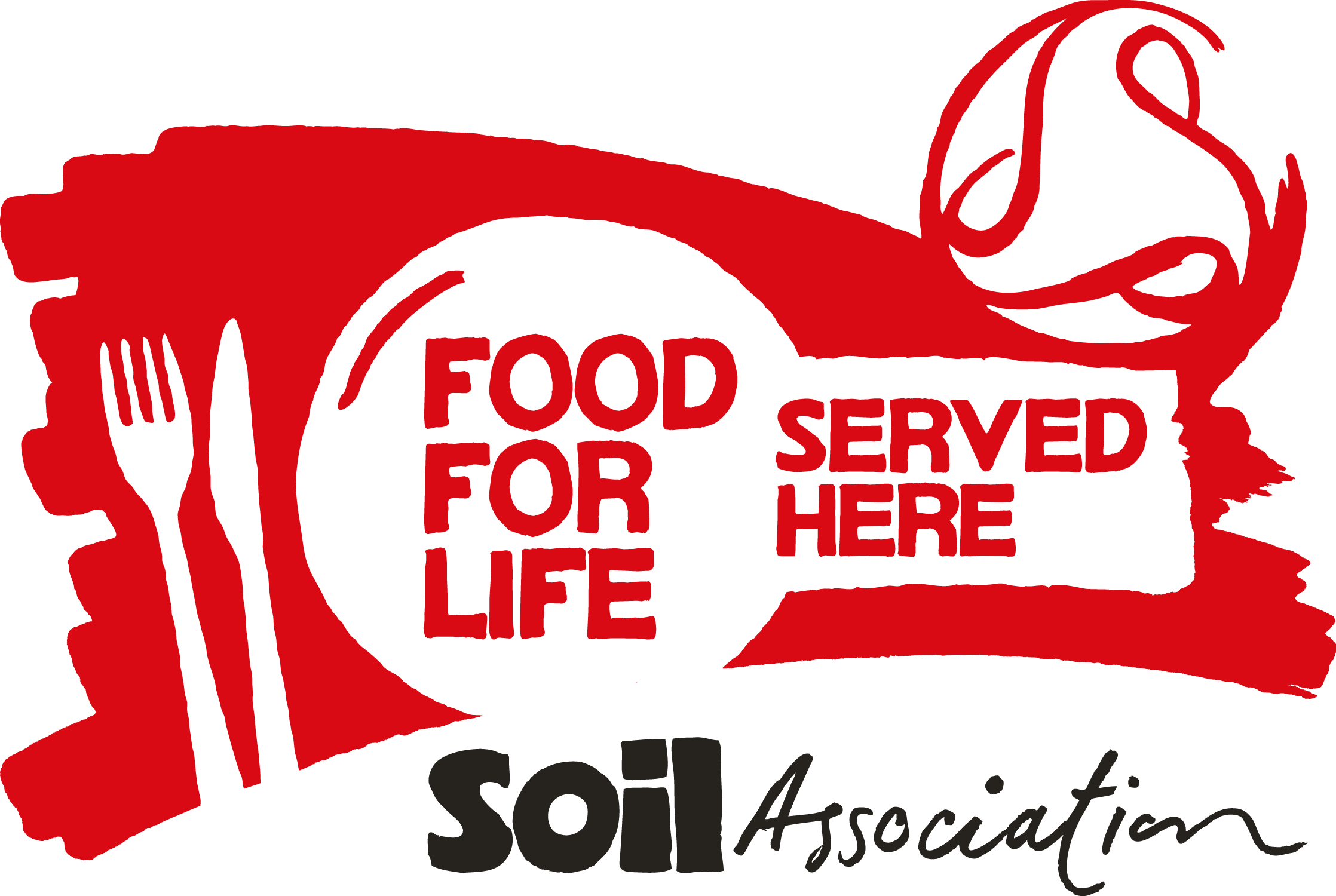Portion Sizes, are we getting them right!
Portion Control image e1519134544671
When dishing up or preparing your meals throughout the day, we tend to believe we know what portions sizes should be consumed compared to what’s recommended. However, we often end up eating more than we should. Example of this is in restaurants, when we eat out, we are in the habit of serving or opting for the “super-sized” or “go-larger” meals. Actually roughly 40% of us are unsure on what portion sizes we should be consuming.
Concerningly, this increase in large portion sizes are becoming the norm and are encouraging us to over-eat, contributing to obesity. If we think about it, within the last several years more energy dense foods been made into share packs i.e. crisps, chocolates and other confectionary items- but honestly who actually shares these?
So what can we do to reduce the portion sizes we are consuming?
– Look at Food Labels
Food packaging now displays the serving’s sizes on them, especially on ready meals or good that’s “grab and go” when you are in a rush. You might be surprised that some are actually for 2, rather than one! (I’m definitely guilty of this). This means we are also guilty of consuming double the amount of calories we should be (Opps…).
– Use smaller plates.
With larger plates we are encouraged to serve ourselves larger portions to convince our brains that we have plenty to keep us full, using smaller plate’s doesn’t only trick our brains into thinking we are eating large portions but we are actually reducing our consumption at the same time.

– Compartmentalise.
Visualise that your plate is broken up into compartments.
First half should be filled up with tasty, colourful veggies. The other half!? Divide that into two for your protein and carbohydrates… that way you have plenty on your plate and it’s healthy too. (See below regarding what foods help us feel fuller for longer).
– Snack from a bowl.
Empty any snacks from the packaging into a bowl when feeling peckish.
This is because you are more likely to consume 50% more if your food is hidden from your sight i.e. in packaging (evidence of this is popcorn at a cinema, how many of us say we couldn’t finish large popcorn whilst watching a movie… yet we still prove ourselves wrong).
Top tips for feeling fuller for longer:
– Choose wholegrain or high fibre carbohydrates, these release energy in our bodies slowly, increasing our satiety, rather than quick bursts of energy resulting into further snacking.
– Consume foods that are high in protein, but ate low in fat (trim visible fat or take the skin of any poultry), these tend to also have a longer lasting effect on our satiety compared to foods higher in fat or carbohydrates.









